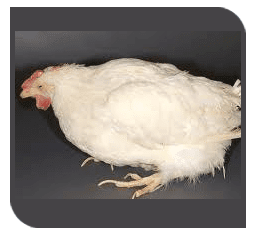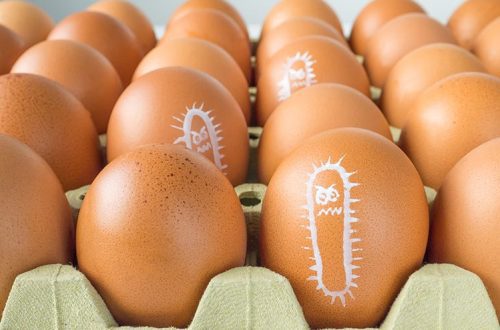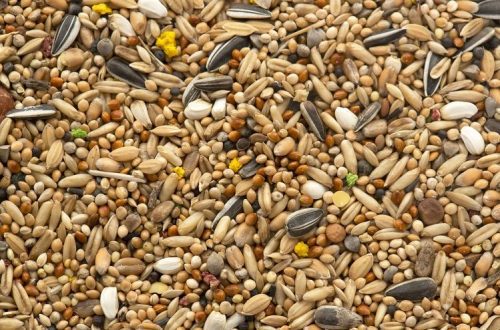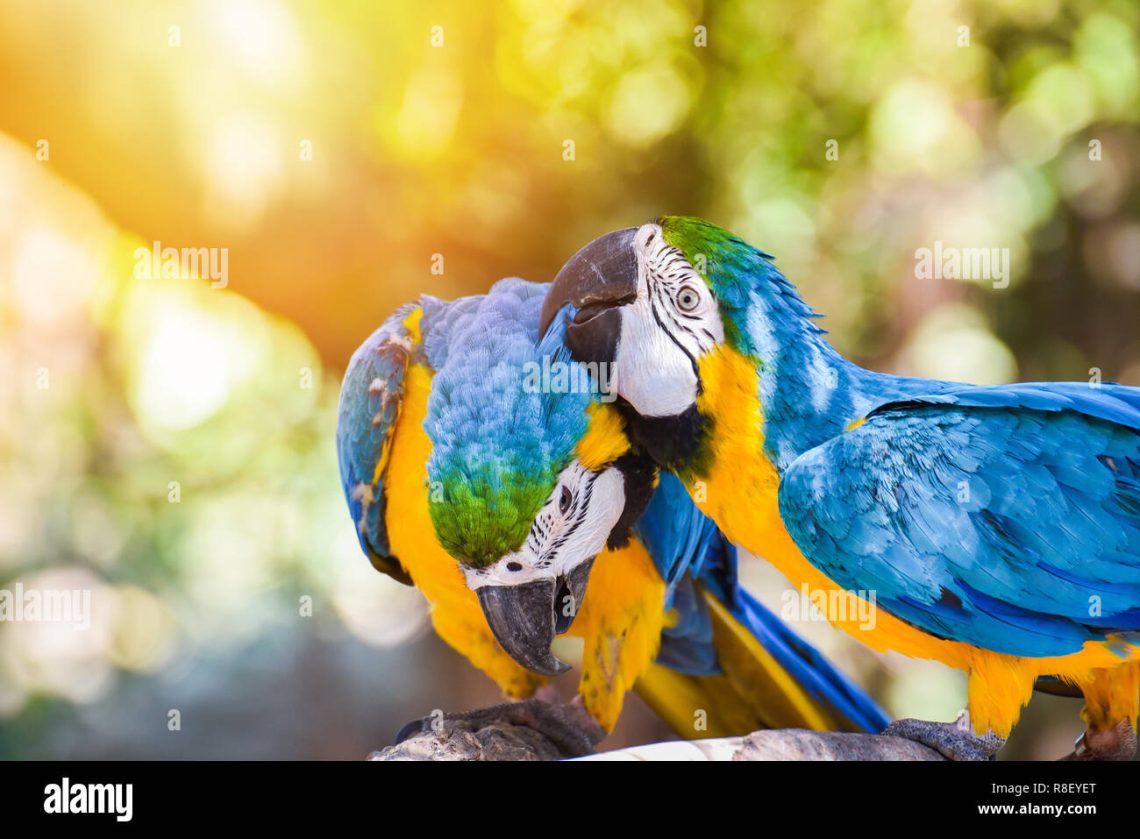
“Helicopter” or “twine” in parrot chicks
Many parrot lovers, and even more so breeders, have heard about the problem when the paws of the chicks “scatter”.
There are many causes for this disease. One such cause is a staphylococcal infection.
Where do chicks get staphylococcus aureus? – From a person.
Some strains (varieties) of Staphylococcus aureus live in humans on the skin or in the nasopharynx – a person infects parrots; in healthy adult parrots, this bacterium may not cause problems, but in chicks or weakened birds, an infection develops.
Treatment of parrots for staphylococcal infections is carried out with antibiotics, but there is a nuisance for self-treatment lovers: staphylococcus develops resistance to antibiotics very quickly, treating a parrot’s disease at random or according to advice on the forums means:
- waste time helping the bird
- create a danger to themselves, because staphylococcus, acquiring resistance to antibiotics, due to their improper use for a parrot, becomes part of the human microflora.
The traditional measure taken to “straighten the legs” of chicks is to put on homemade putz or cuffs (the legs are tied together in the hope that the problem will be eliminated).
Consider the classic case of a “helicopter” “twine” in a lovebird chick. After the owners discovered a problem with the parrot’s paws, they began to try to treat the bird with traditional methods – tying the paws in different ways.
Here is a photo of the “twine” treatment stage in a lovebird chick, at first the owners tried to solve the problem by tying the paws. This did not help, the chick could not use its paws. a photo
Then we decided to apply the technique of a paw fixer made of a sponge for treatment. At the same time, the paws of the chick are fixed on a larger area.
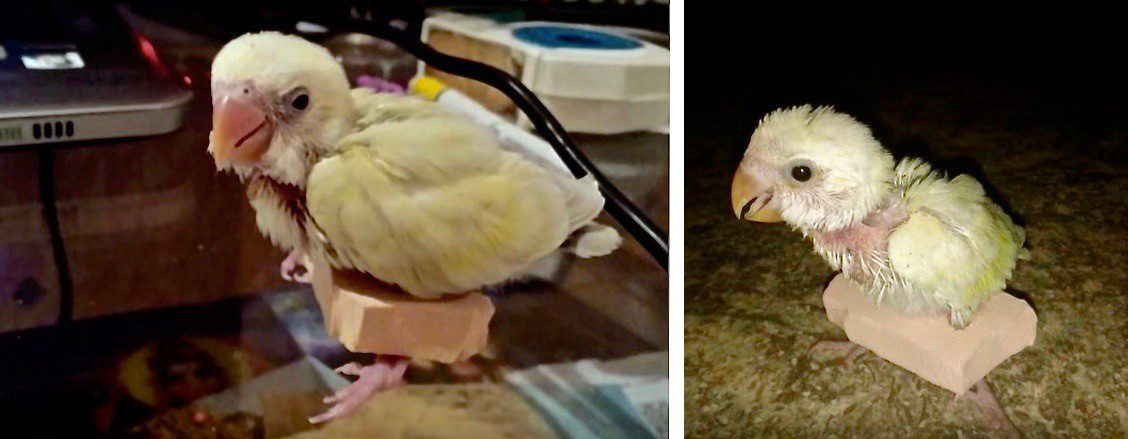
This measure is not effective if the main problem in the chick is infection. However, sometimes this allows you to disguise the disease – the chick eventually begins to stand on its paws, the owner triumphs. But such a parrot grows slowly, lags behind in weight, plumage develops very poorly. Staphylococcal infection in birds can last for a very long time and its effects will be felt in a few months or years. This is clearly seen in this video with a lovebird that was treated trying to restore the work of its paws – the bird remained disabled, it was very lucky with its owners, but unfortunately, the disease could not be cured – because they were limited only to actions aimed at correcting paws.
This problem is relevant for all types of parrots. Large and medium-sized parrots, such as: grays, amazons, macaws, cockatoos, are even at greater risk of contracting staphylococcosis, as they are more often fed by people who infect them. So what is the result:
- Handle chicks as little as possible and disturb adult birds as little as possible by checking the nest box with chicks.
- If you feed the chicks yourself, then use gloves, and preferably a mask, as well as clean dishes for mixing feed.
- Do not feed parrot chicks from your mouth! So you infect them with a microflora that is dangerous for them and you yourself risk becoming infected with infections common to parrots and humans.
- In the case of the development of a “helicopter” in chicks, do not limit yourself to tying the paws, conduct additional diagnostics of infectious diseases of parrots.
- Do not self-medicate. Please contact your avian veterinarian.
- When purchasing a foster chick, do all the necessary tests, including x-rays, before buying a parrot. This, however, is relevant when buying any parrot, but for some reason many people decide that since the chick is from a breeder, it means that it is healthy and there is no need for an examination.
Veterinarian, specialist in the treatment of birds Valentin Kozlitin.





